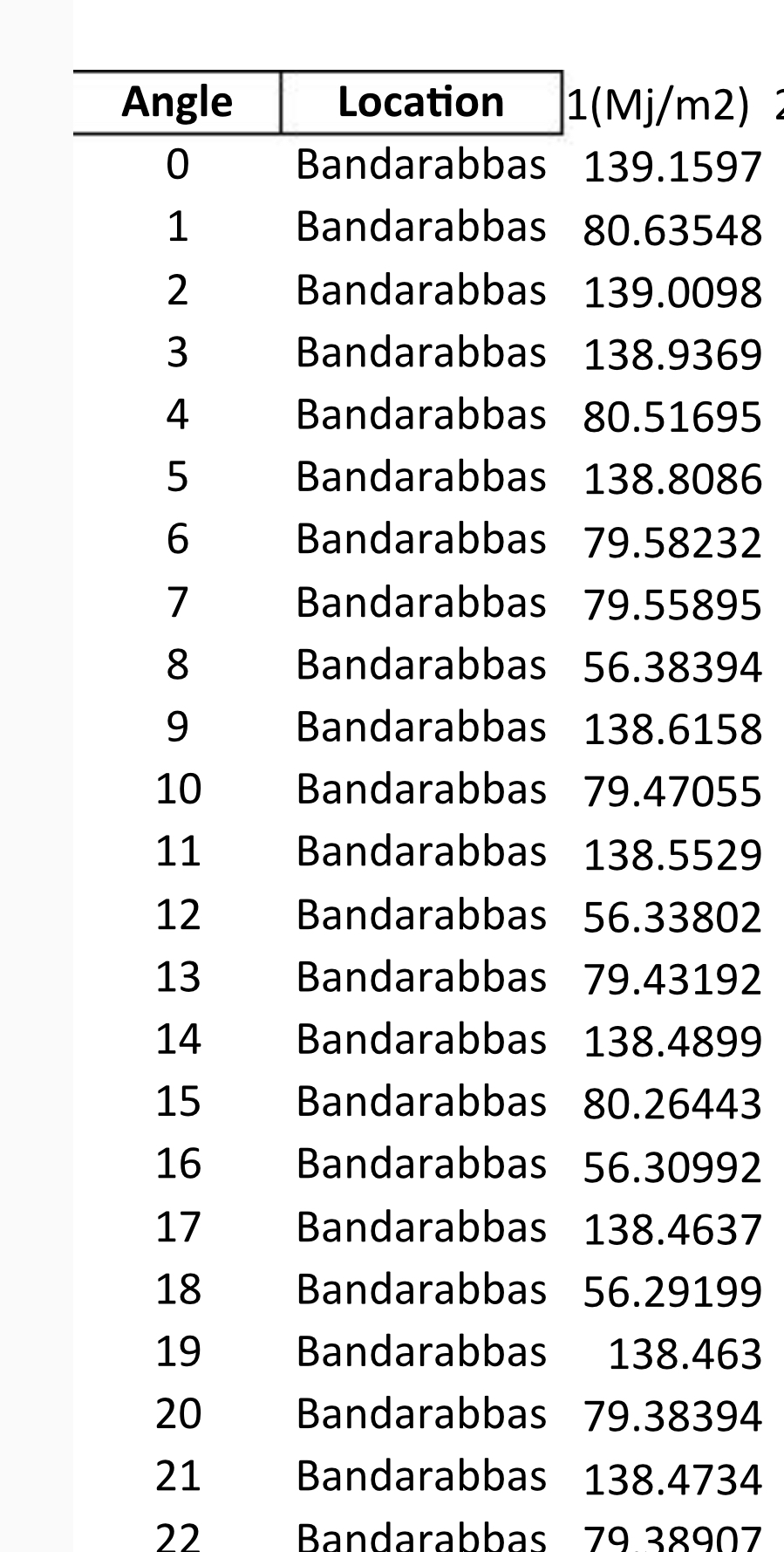I study the wall application of configurations with reflective insulation systems in different climates. I have conducted a macro parametric investigation with EnergyPlus version 9.2, using Python scripts to run the models. I studied the impacts of orientation on the energy consumption of my models using the script to rotate the models with 1 degree intervals. I faced an unexplained difference between results with changing the model orientation(I have also conducted the simulations manually in some orientations and the same results are obtained). The variations in energy consumptions by 1 degree increments are not explainable and I can provide the outcomes. I simulated in 360 degrees (Angle) and in 6 different climates of iran (Location) using the weather data files available on the EnergyPlus website, and this issue happened in all of the outputs. I used 7 different models in simulations (which is shown by 1,2,...,7). Differences in results with 1 degree differences are not explainable and I believe there must be a problem in Energyplus calculations.
I would like to ask you about the reasons of this issue and possible solutions.





